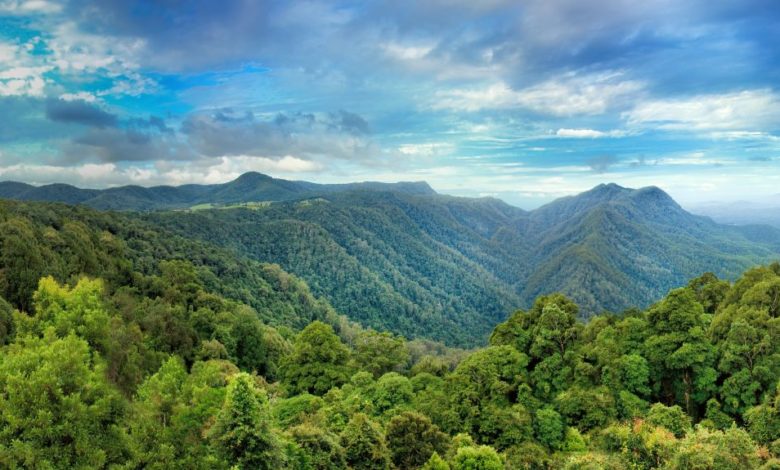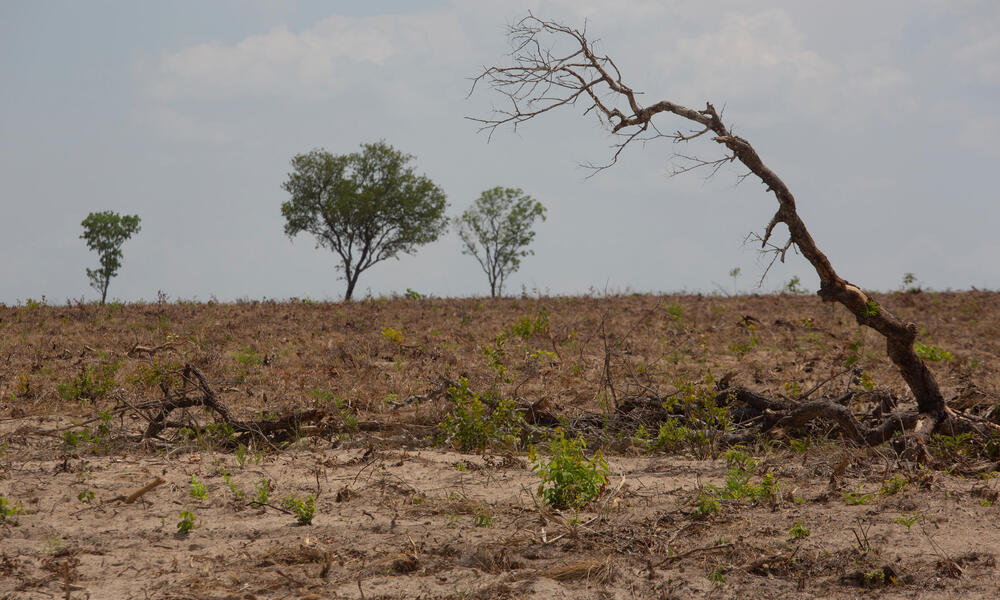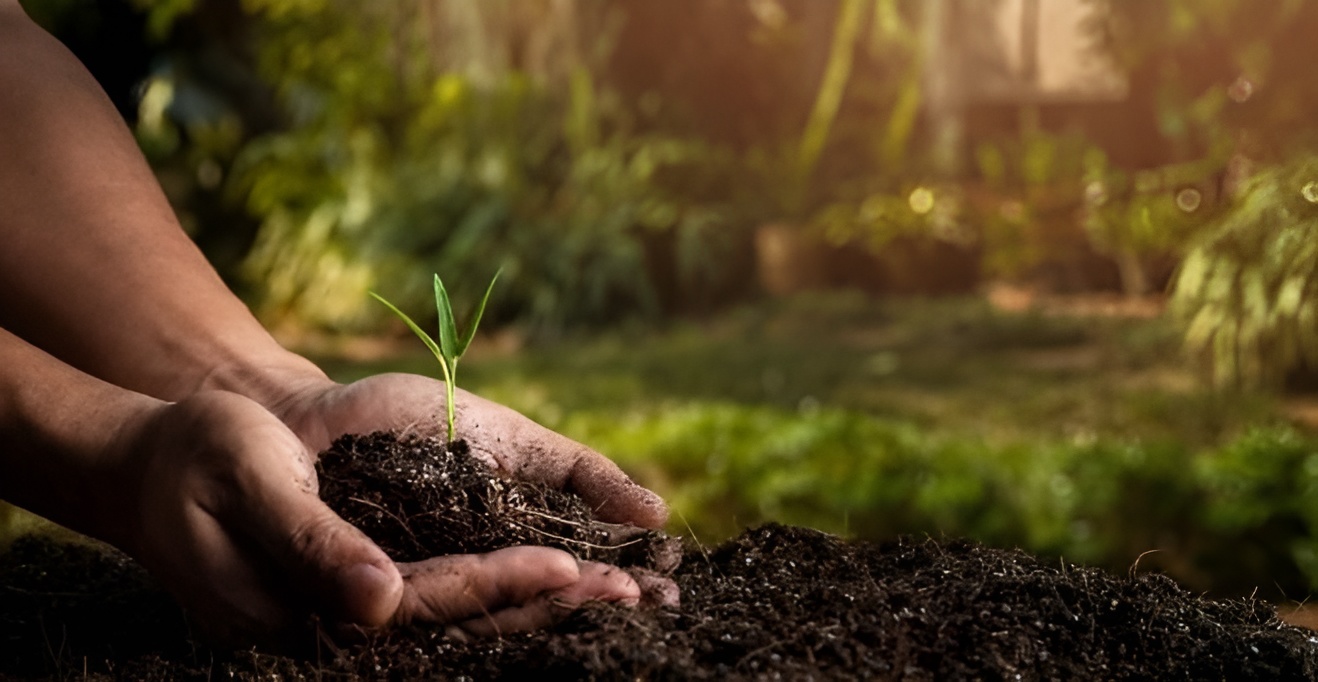Restoration of Degraded Lands through Assisted Natural Regeneration
D. S. A. Wijesundara - Research Professor - National Institute of Fundamental Studies


Successional for afforestation

There are several methods available to address the issue of deforestation, with tree planting being the most common approach to expanding forest cover. However, this method has certain drawbacks. Firstly, the chosen sites for tree planting may not be suitable for the intended purpose. Secondly, the selected tree species may not be well-suited to the ecological conditions of the chosen sites. Often, the plants used for these planting projects are simply those readily available in nurseries at the time. For instance, trees suited for lowland areas, such as Mee (Madhuca langifolia) and Kumbuk (Terminalia arjuna), have been planted in mountainous regions. It is advisable to select native tree species that are early or mid-successional for afforestation. Unfortunately, there is a tendency to choose late successional or climax tree species, which are not well-adapted to the sites. When these choices fail, it leads to the misconception that our native species are unsuitable for afforestation. Consequently, non-native plants are often used instead.
Exotic Plants
The Department of Forest Conservation has been cultivating exotic plants for the plantation industry since 1870. These plantations currently cover approximately 93,000 hectares and primarily consist of teak (Tectona grandis), Eucalyptus species, Pinus species, and mahogany (Swietenia macrophylla). However, such monocultures lack the biodiversity and functional diversity found in natural forests. Nevertheless, it should be noted that these plantations still provide various environmental services.
It has been observed that some tree planting programs are carried out in grasslands, as people consider them to be degraded ecosystems and attempt to “rehabilitate” these sites by planting forest trees. Unfortunately, they are not aware that grasslands are unique ecosystems in their own right.
Another common practice is to plant trees in the gaps within degraded forests to aid in their restoration. These enrichment plantings can be highly beneficial, but their success relies heavily on selecting the appropriate plant species. Nature inherently knows which trees are suitable for a given site, while our choices may not align with the location’s needs. Restoring degraded lands to their natural conditions with primary forest species poses a challenging and difficult task.
The soil seed Bank
Alternatively, we can allow the forest to naturally regenerate. However, this approach also presents various obstacles. The soil seed bank is typically rich in native seeds, but the regeneration of native, late successional tree species is often suppressed by light-demanding, fast-growing early pioneer species and invasive alien plants. Therefore, restoring degraded forests using conventional methods, including natural regeneration, is quite challenging.
Natural Regeneration
One way to promote the growth of natural tree species in naturally regenerating sites is by selectively removing aggressive weed species that compete with the natural tree seedlings. The seedlings that emerge in these naturally regenerating sites mainly originate from the soil seed bank. In other words, these seedlings are selected by nature, not by humans. By ensuring the survival of these seedlings through the removal of competing species, we can create a collection of trees ideally suited for the site. This process of assisting the natural regeneration of forest trees is known as Assisted Natural Regeneration (ANR).
Assisted Natural Regeneration (ANR) is a highly effective method for re-establishing forest cover in deforested areas. This approach allows natural seedlings to grow and mature, overcoming obstacles that arise from both natural and artificial regeneration methods.
NIFS – Propham Arboretum
One notable example of an ANR project is the NIFS-Popham Arboretum located in Dambulla. Situated approximately two and a half kilometres away from Dambulla along the Kandalama road, this arboretum was originally owned by an Englishman named Mr. F. H. (Sam) Popham. In 1989, he generously gifted the land to NIFS (previously known as IFS) for research and educational purposes. When Mr. Popham acquired the land in 1963, it was a seven-and-a-half-acre scrub jungle. By removing the “weedy” shrubs surrounding the indigenous tree saplings, he allowed them to emerge and establish themselves. As a result, the original scrub jungle transformed into a tall woodland with a dense canopy. After taking ownership in 1989, NIFS acquired an additional 27 acres of adjoining scrub land and expanded the arboretum while continuing to practice Mr. Popham’s Assisted Natural Regeneration (ANR) method.
Sanctuary for animals
Over a span of approximately 20 years, around 36 acres of degraded land has been converted into a thriving, dense woodland. Interestingly, this area now supports over 350 plant species from 89 families, making it a habitat for a diverse range of mammals, birds (including migratory species), and butterflies. The arboretum has become a sanctuary for unique animals such as the slender Loris and pangolin.
A noteworthy aspect of ANR practice is its positive impact on wildlife within the restored site. The presence of wildlife indicates that the conditions are suitable for supporting indigenous animals. Forests are complex systems with numerous biotic components and functional diversities. An area restored through ANR closely resembles natural vegetation, offering high biodiversity and providing multiple ecosystem services. The NIFS-Popham Arboretum serves as an excellent example of such a site.

